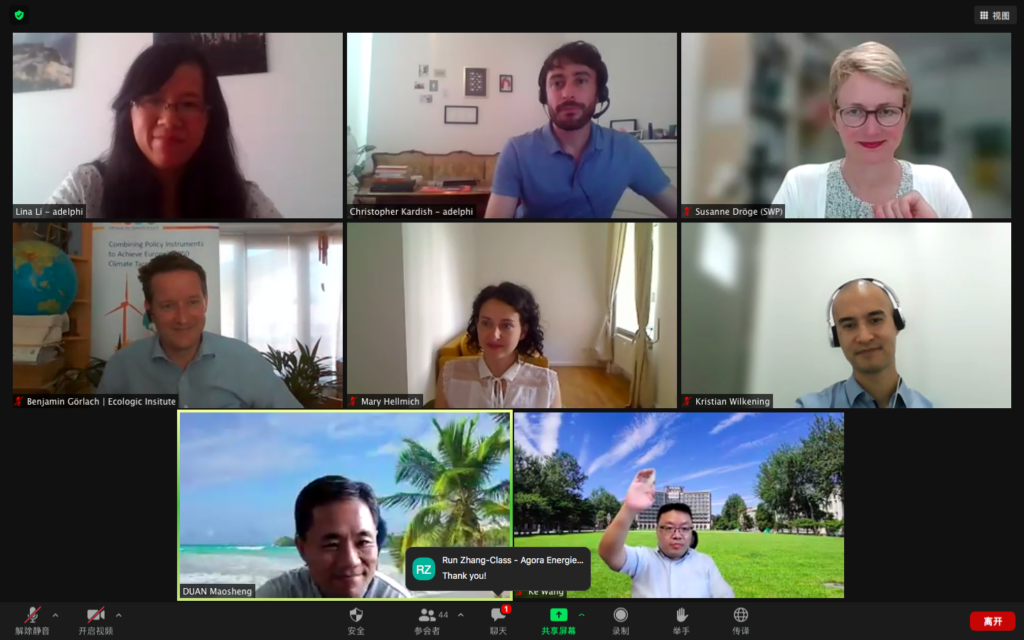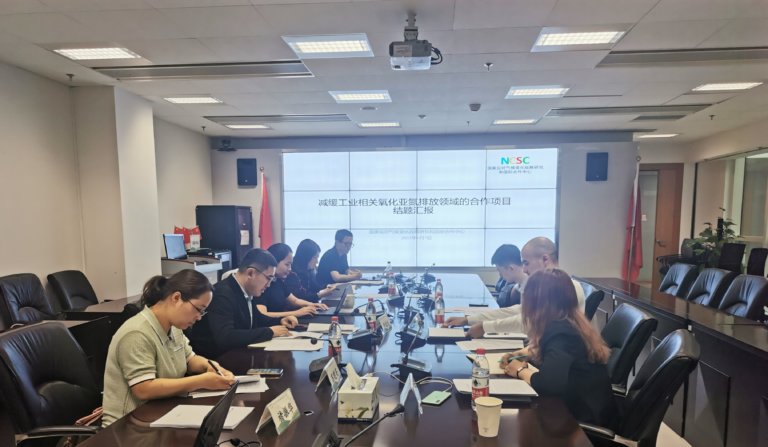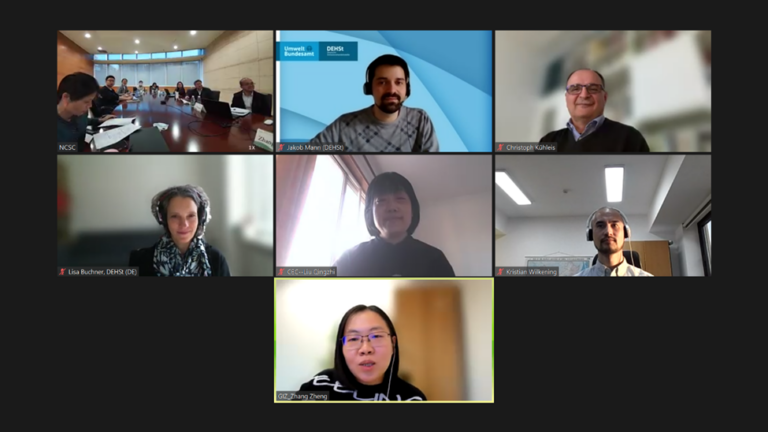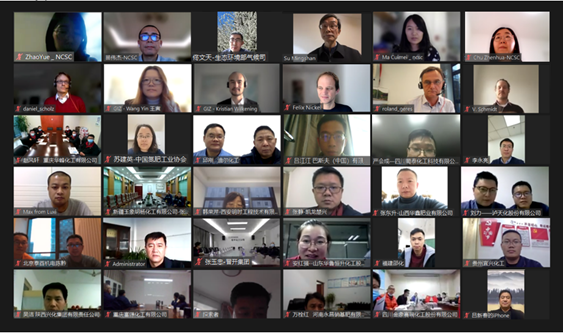GIZ China and the co-authors of the policy paper “The EU carbon border adjustment mechanism (CBAM) and China: unpacking options on policy design, potential responses, and possible impacts” jointly hosted a digital workshop in July.

On 13 July, GIZ China and the co-authors of the recently published “The EU carbon border adjustment mechanism (CBAM) and China: unpacking options on policy design, potential responses, and possible impacts” policy paper, welcomed both German and Chinese experts to the joint digital workshop. The event featured a presentation of the above-mentioned policy paper, Sino-German commentary on the proposal as well as a moderated panel discussion on critical design and implementation issues pertaining to the mechanism. Among its distinguished guests, the event counted Carla BRANDI (Programme Head of Transformations of Economic and Social Systems at the German Development Institute), Susanne DRÖGE (Senior Fellow at the German Institute for International and Security Affairs), DUAN Maosheng (Director of the Carbon Market Center at Tsinghua University), Benjamin GÖRLACH (Senior Fellow at the Ecologic Institute), LIN Huiling (Business Director of the Shanghai WTO Affairs Consultation Center), WANG Ke (Associate Professor at Renmin University’s National Academy of Development and Strategy) as well as QI Shaozhou (Director of Wuhan University’s Research Center for Climate Change and Energy Economics).
The event took place on the backdrop of the EU Commission’s current plans to pass legislation which would allow the bloc to levy a surcharge on imported goods based on their carbon content. This is meant to complement the EU’s emission trading system (ETS) by curbing the risk of European industry relocating carbon-intensive production steps abroad (i.e., carbon leakage). Moreover, the EU CBAM is supposed to equalise the price of carbon between domestic products and imports. The endeavour has, however, not come without its fair share of controversy. Questions surrounding legality, design and impact are yet to be answered, which has prompted the three institutions’ joint paper and expert workshop at hand.



